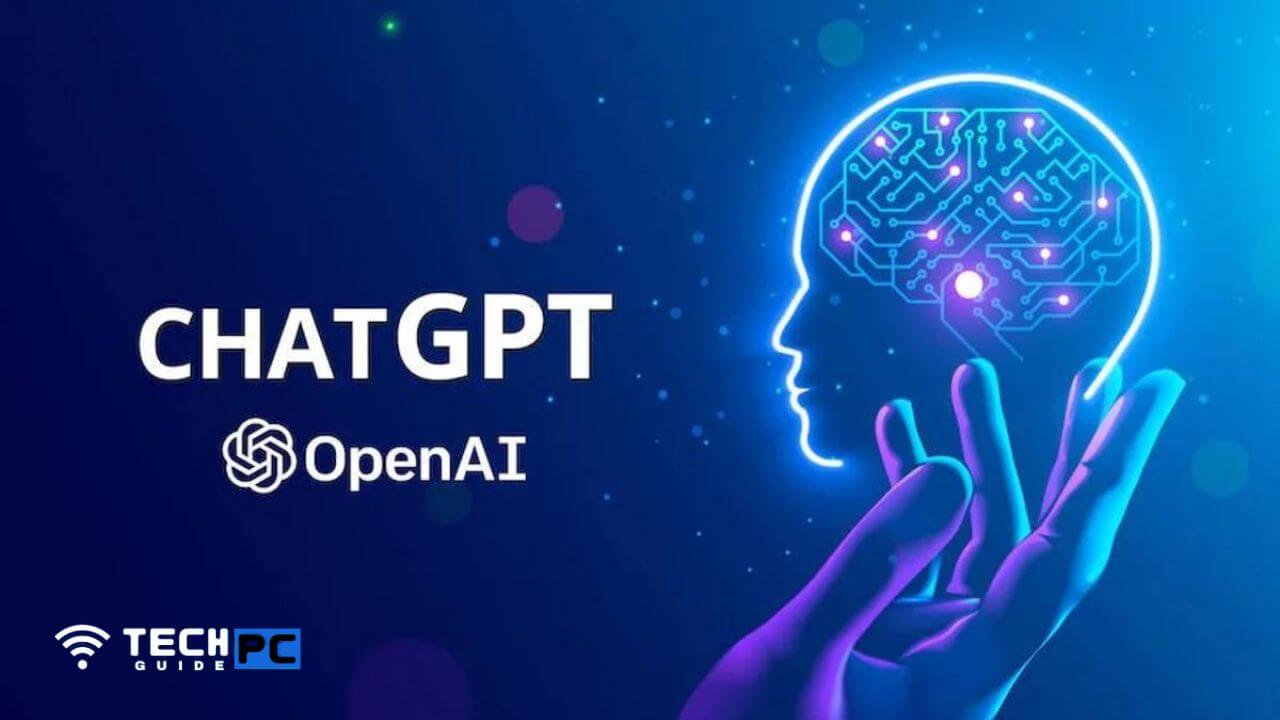Inside the Mind of ChatGPT Exploring the Power of AI Language Models
Introduction: An Overview of AI-Language Models
Artificial Intelligence (AI) language models have revolutionized the field of Natural Language Processing (NLP) in recent years, with ChatGPT being one of the most advanced examples. AI language models like ChatGPT are designed to learn patterns and relationships in language and use them to generate human-like responses to a wide range of queries. This article provides an overview of AI language models and focuses specifically on ChatGPT, exploring its technology, power, and limitations.
Understanding the Technology behind ChatGPT: Deep Learning and Natural Language Processing
To understand the technology behind ChatGPT, it’s essential to understand the fundamentals of Deep Learning and Natural Language Processing. Deep Learning is a subset of Machine Learning that involves training artificial neural networks to learn and recognize patterns in data. In the case of language models, the neural network is trained on vast amounts of text data, which allows it to identify patterns and relationships in language.
Natural Language Processing, on the other hand, focuses on developing algorithms and tools that can understand, interpret, and generate natural language. NLP is used to build AI language models like ChatGPT, which can understand and respond to human-like queries.
How ChatGPT Works
ChatGPT uses a type of Deep Learning algorithm known as a Transformer to learn and recognize patterns in text. Transformers are designed to understand the relationships between words and sentences, allowing them to generate more natural and coherent responses. ChatGPT is a large-scale transformer model, meaning it has been trained on a gigantic amount of text data to recognize complex patterns in language.
The Power of AI-Language Models: Applications and Use Cases
AI language models like ChatGPT have many applications and use cases, from language translation to chatbots and personal assistants. Chatbots and virtual associates like Alexa and Siri are examples of how AI language models create more natural and human-like interactions between machines and humans.
Natural Language Generation
One of the most thrilling applications of AI language models is Natural Language Generation (NLG), which involves using AI to create natural-sounding text. NLG is used in various fields, from journalism to marketing, to create personalized content for consumers.
Language Translation
AI language models are also being used to improve language translation, allowing people to communicate with others who speak different languages. Companies like Google and Microsoft are using AI language models to improve their translation services, making communication easier for people across language barriers.
The Limits of AI-Language Models: Accuracy, Bias, and Ethics
While AI language models like ChatGPT have many applications, they also have limitations. One of the main limitations of AI language models is accuracy. AI language models are only as accurate as the data they are trained on, so they can sometimes make mistakes or generate partial responses.
Accuracy and Bias
AI language models can be biased in several ways, from reflecting the biases of the data they are trained on to producing limited responses based on the user’s gender, race, or other demographic factors. Addressing these biases is an ongoing challenge for developers and researchers.
Ethics
There are also ethical considerations when it comes to AI language models. For example, AI language models can be used to create deepfake videos or generate fake news, which can have severe consequences for individuals and society. Ensuring AI language models are developed and used responsibly prevents these adverse outcomes.
ChatGPT Character Limit: Exploring the Constraints of AI-Language Models
AI language models like ChatGPT are not without constraints; one of the most significant constraints is the character limit. The character limits the amount of text ChatGPT can generate, affecting the quality and accuracy of its responses. While ChatGPT can generate up to 2048 characters, more extended answers can be less accurate and coherent.
Character Limit and Context
The character limit also affects ChatGPT’s ability to understand and respond to the context of a conversation. ChatGPT must consider the entire conversation context, including previous messages and the user’s intent when responding to a question or statement. The character limit can make it difficult for ChatGPT to understand and respond to the context of a conversation, which can result in less accurate or coherent responses.
Improving ChatGPT’s Accuracy and Coherence
To improve ChatGPT’s accuracy and coherence, researchers are exploring ways to enhance the model’s understanding of context and reduce the impact of the character limit. For example, researchers are experimenting with different techniques for generating more coherent and natural-sounding responses, such as incorporating external knowledge sources and training the model on more diverse data sets.
ChatGPT Defining Rules for DSL: Establishing Guidelines for Domain-Specific Language
Domain-Specific Language (DSL) is a programming language designed for a specific domain, such as finance or medicine. While AI language models like ChatGPT can generate responses to a wide range of queries, they may need to be more suitable for generating answers to domain-specific questions requiring specialized knowledge or terminology.
Defining Rules for DSL
Researchers are developing guidelines for creating domain-specific language models to address this challenge. These guidelines include defining the scope and objectives of the language model, identifying the specialized terminology and knowledge required, and ensuring that the model is trained on a diverse and representative data set.
The Future of DSL
The development of DSL is an exciting area of research that has the potential to enhance the capabilities of AI language models like ChatGPT. By creating domain-specific language models, researchers can improve the accuracy and relevance of responses to specialized queries, making AI language models more useful in various fields.
Conclusion: The Future of AI-Language Models and their Implications for Society
AI language models like ChatGPT can transform how we communicate and interact with machines. From chatbots to language translation, AI language models create more natural and human-like interactions between machines and humans. However, these models have limitations, including accuracy, bias, and ethical considerations. As we continue developing and refining AI language models, we must address these limitations and ensure they are created and used responsibly.







